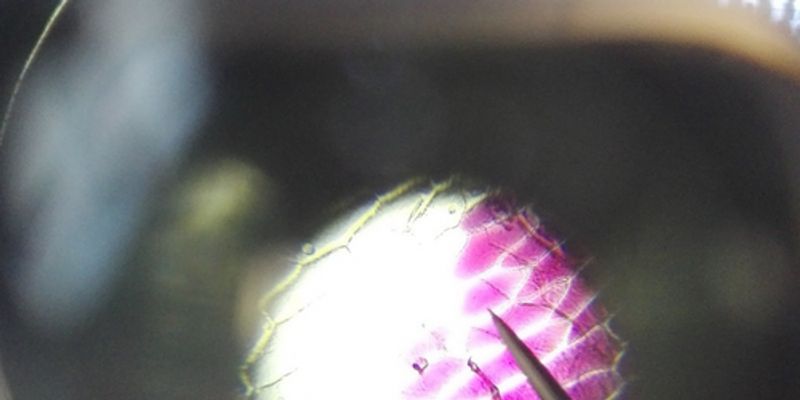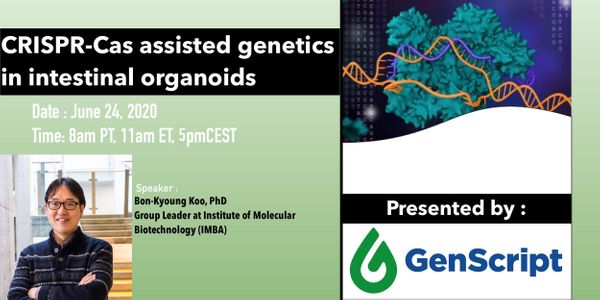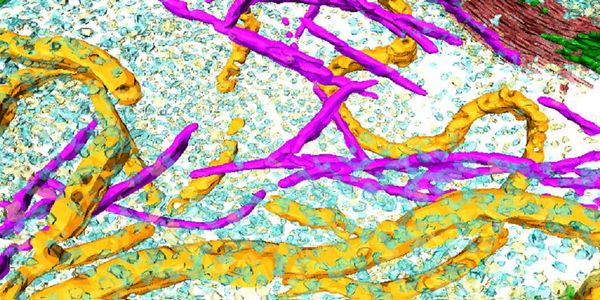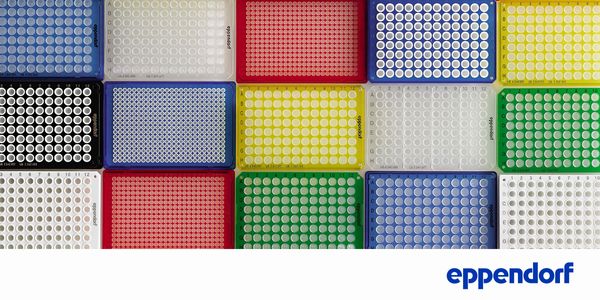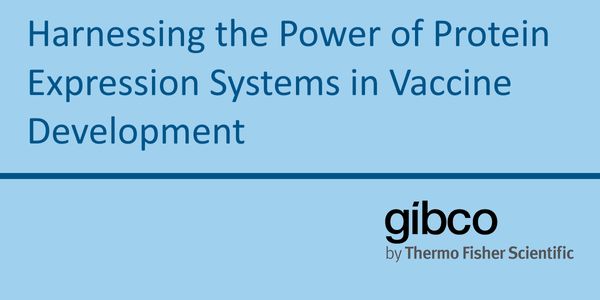Cell function
Cells carry out specialized functions throughout the body and each cell type functions distinctly from other cell types. Some cellular functions include transporting nutrients throughout the body and producing energy. One specialized cell is muscle cells which function to create a force that moves parts of the body. Another example are bone cells, whose functions include protecting internal organs from damage and storing minerals such as calcium.
-
JUN 24, 2020 | 8:00 AMDATE: June 24, 2020 TIME: 8:00am PT The identification of LGR5 + intestinal stem cells helped us to understand various aspects of adult stem cells and led to the establishment of primary 3D...Understanding the complex interplay between a pathogen and the host response is important to developing effective vaccines and therapeutics. The nCounter® Analysis System and GeoMx®...Speaker: Joseph M. Beechem, PhD , Christopher E. Mason, PhD , Robert Schwartz, PhD
The 2020 pandemic caused by the severe acute respiratory syndrome coronavirus 2 (SARS-CoV-2) continues to rage. While PCR-based assays are used for viral diagnosis, high through-put, rapid s...
Speaker:
Susan Zolla-Pazner, PhD
Severe COVID-19 is characterized by dramatic immune system activation and inflammation. Several studies to modulate the immune response and limit immunopathology are ongoing. To better under...
Speaker:
Joel Guthridge, PhD
, Petter Brodin, MD, PhD
...
Speaker:
Steve Pennington, PhD
, Clifford C. Dacso, MD
, Arun Sreekumar, PhD
Presented at: Agilent's Virtual Mass Spectacular!
JUN 11, 2020 | 10:00 AM
DATE: June 11, 2020 TIME: 10:00am PT, 1:00pm ET Correlative light and electron microscopy (CLEM) enables biological discoveries by merging different microscopes and imaging modalities to stu...
Speaker:
Elizabeth Wright, Ph.D.
, Jae Yang, Ph.D.
, Bryan Sibert, Ph.D.
Sponsored By: Leica Microsystems,
Alveole
JUN 09, 2020 | 6:00 AM
DATE: June 9, 2020 TIME: 6am PT, 9am ET, 3pm CEST The importance of disposable plastic consumables and their overall impact on the experimental workflow of qPCR has been taken into considera...
Gene manipulation studies in primary human immune cells can answer important biological questions within a clinically relevant cellular context. In this webinar we explore the use of several...
Speaker:
Verena Brucklacher-Waldert, PhD
Cancer initiation and virulence depends on mechanisms to evade host immunosurveillance and suppression of early invasion and growth. Distinct phenotypes of the immune infiltrates in and arou...
Speaker:
Alexander David Borowsky, MD
Similar to the “histone code” hypothesis in which epigenetic marks on histone tails expand the information potential of the genetic code, different tubulin isoforms, combined wit...
1. Identify 3 barriers to immune cell response to cancer 2. List 3 approaches to overcome immunosuppressive barriers to bolster the immune response to cancer 3. Explain how fusion proteins c...
